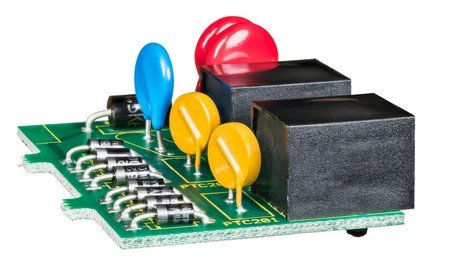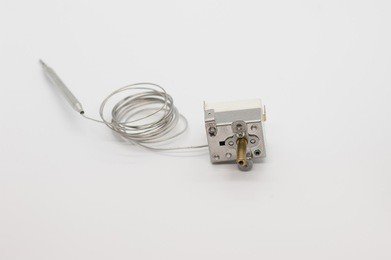As a professional in the field of temperature measurement, I often come across various temperature transmitters and sensors used in different industries and applications. Two common devices that frequently spark curiosity among those in the industry are thermistors and thermocouples. In this blog post, I'll delve into the world of temperature transmitters and highlight the key differences between these two widely used technologies.
A temperature sensor, in essence, is a device designed to measure temperature and convert it into a standardized signal, typically an electrical current (4-20 mA) or voltage (0-10 V), that can be easily interpreted and utilized in control systems. Thermistors are temperature-sensitive resistors. Their resistance changes with temperature in a predictable manner. They are known for their high sensitivity, making them ideal for precise temperature measurements. Thermocouples consist of two dissimilar metals connected at one end. They generate a voltage that varies with temperature. This voltage can be measured and used to determine the temperature at the junction point.

Distinctions between Thermistors and Thermocouples:
- Temperature Range:
Thermistors usually have a limited temperature range, typically from -50°C to 150°C, depending on the type. They excel in precision within this range.
Thermocouples, on the other hand, offer a much wider temperature range, from -270°C to 2,300°C, making them suitable for applications that involve extreme temperatures.
- Accuracy:
Thermistors are highly accurate within their specified temperature range, providing precise readings.
Thermocouples, while versatile, may have slightly lower accuracy compared to thermistors, especially at lower temperatures. However, they offer excellent accuracy over their extensive temperature range.
- Sensitivity:
Thermistors are known for their high sensitivity to temperature changes, making them a top choice when precision is paramount.
Thermocouples exhibit lower sensitivity but compensate with their broader range, making them ideal for applications where precision is less critical.
- Response Time:
Thermistors generally have a faster response time due to their high sensitivity, making them suitable for applications that require rapid temperature measurements.
Thermocouples may have a slightly slower response time, but this is often negligible in many applications.
- Cost:
Thermistors are typically more cost-effective than thermocouples, making them an economical choice for applications within their specified temperature range.
Thermocouples can be pricier, especially when designed for extreme temperature conditions. However, their durability and versatility often justify the investment.
- Interference and Noise:
Thermistors are more prone to electrical interference and noise due to their high sensitivity.
Thermocouples are less susceptible to interference, making them a preferred choice for noisy industrial environments.

Conclusion
In the world of temperature transmitters, the choice between thermistors and thermocouples ultimately depends on the specific requirements of your application. If you need high precision within a limited temperature range, thermistors are the way to go. On the other hand, for applications involving a wide range of temperatures and where precision can be compromised slightly, thermocouples offer a more suitable solution.
Understanding these differences empowers you to make an informed decision when selecting a temperature transmitter for your unique needs. Whether you prioritize precision, temperature range, or cost-effectiveness, both thermistors and thermocouples have their roles to play in the fascinating world of temperature measurement.
If you have any questions or need further guidance in choosing the right temperature transmitter for your application, feel free to contact us!

